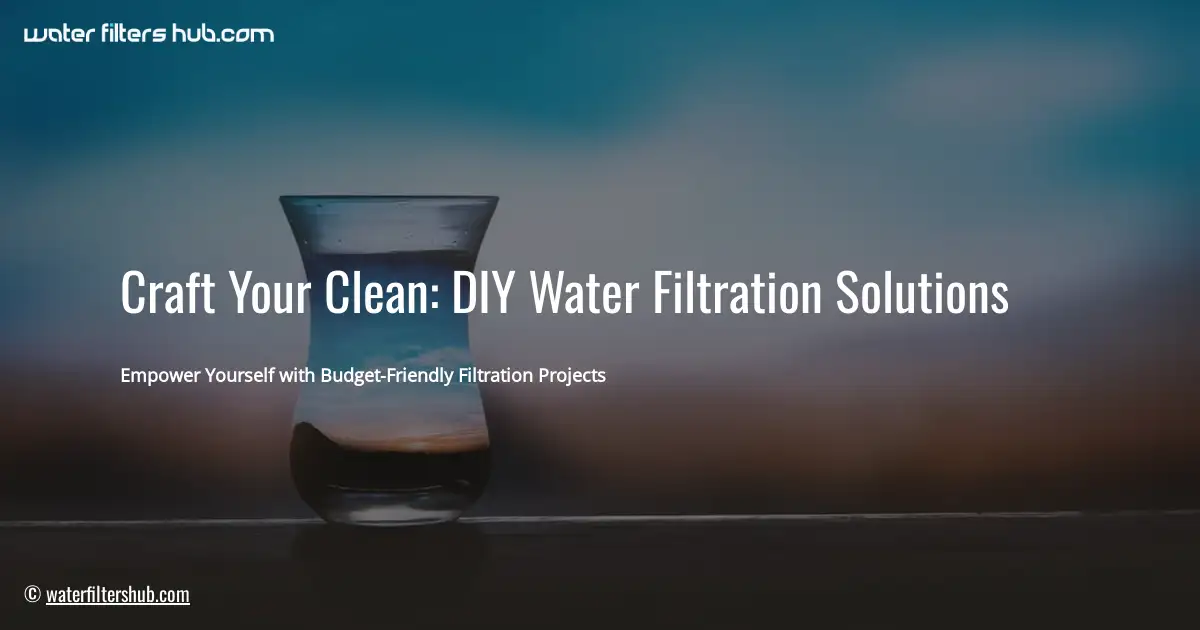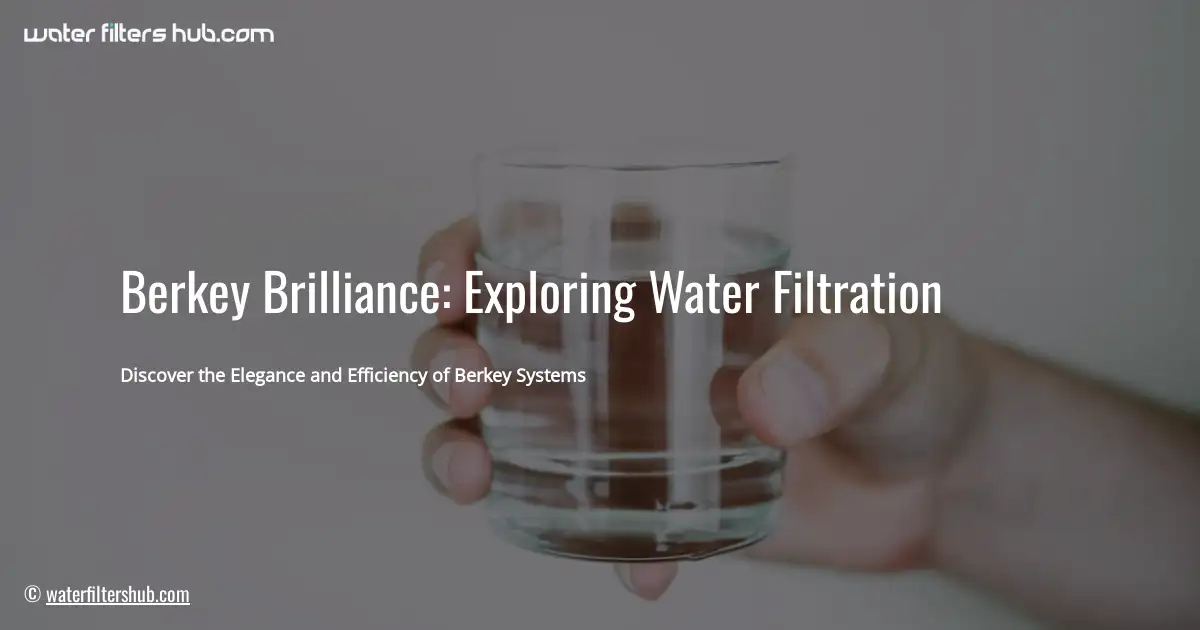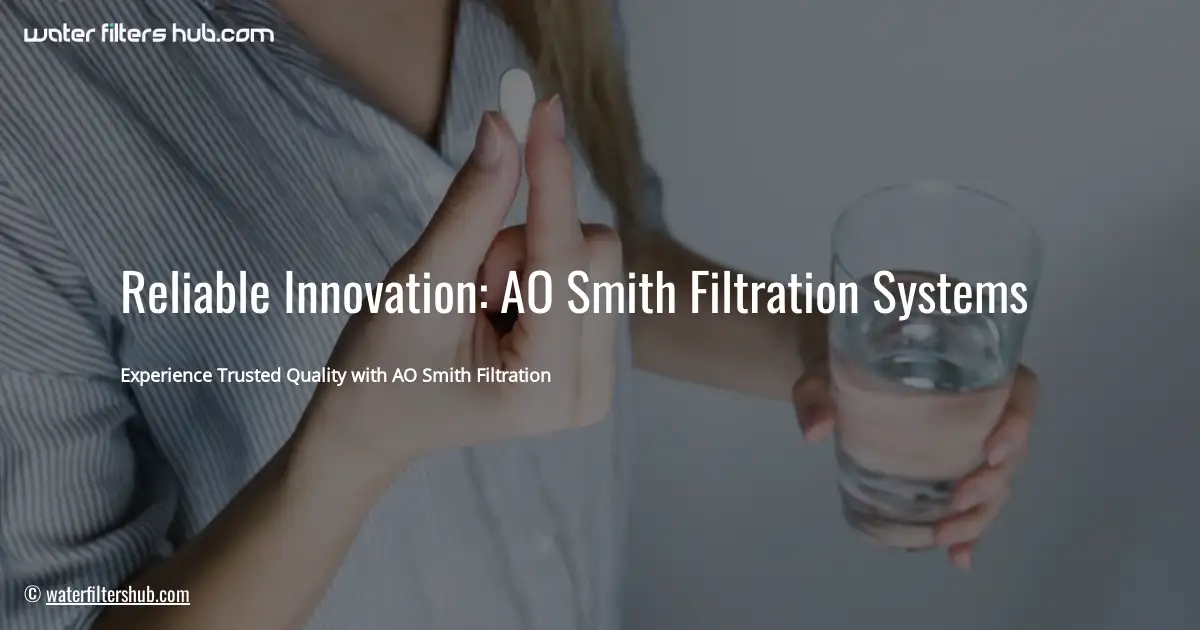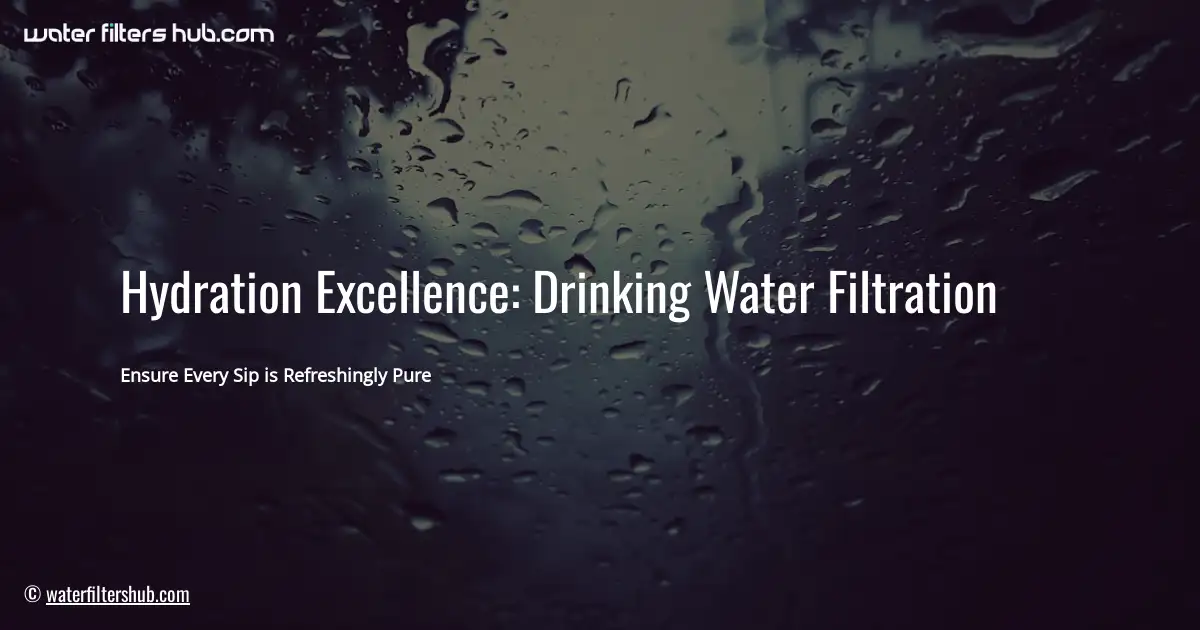Empower Yourself with Budget-Friendly Filtration Projects
Introduction
Importance of Water Filtration
Water is the elixir of life, but sadly, not all water sources are created equal. Impurities like bacteria, chemicals, and heavy metals can lurk in our water supply, posing a threat to our health. That’s where water filtration steps in – it’s like a superhero for our water, removing these unwanted guests and leaving us with clean, sparkling H2O.
Benefits of DIY Water Filtration Systems
DIY water filtration systems are like having your own personal water purification plant at home! They bring a host of benefits:
- Control over water quality: You’re the boss of your water, choosing the filtration methods that best suit your needs.
- Cost-effective: Compared to commercial filters, DIY systems can save you a bundle.
- Eco-friendly: Say goodbye to plastic water bottles and hello to a greener way to quench your thirst.
- Empowering: Building your own filter is like a science experiment with a delicious reward – clean water!
Types of DIY Water Filtration Systems
Ceramic filters are a popular choice for DIY water filtration systems due to their durability, ease of use, and effectiveness in removing a wide range of contaminants. These filters are made from a porous ceramic material that traps impurities as water passes through it. 💧
Ceramic filters are particularly effective at removing bacteria, viruses, and other microorganisms. They can also remove sediment, rust, and other particles. Ceramic filters are relatively inexpensive and can be easily cleaned and reused. However, they can be more fragile than other types of filters, so it’s important to handle them with care.
Advantages of Ceramic Filters:
- Highly effective at removing bacteria, viruses, and other microorganisms
- Can also remove sediment, rust, and other particles
- Relatively inexpensive
- Easy to clean and reuse
Disadvantages of Ceramic Filters:
- Can be more fragile than other types of filters
- May not be as effective at removing certain chemicals or heavy metals
Materials and Tools for DIY Water Filtration
Essential Materials
- Filter media: Activated carbon, ceramic, or reverse osmosis membrane
- Containers: Buckets, pitchers, or bottles
- Tubing: For connecting components
- Fittings: For attaching tubing to containers
- Spigot or faucet: For dispensing filtered water
Basic Tools
- Drill: For creating holes in containers
- Scissors: For cutting tubing
- Screwdriver: For tightening fittings
- Measuring tape: For determining the length of tubing
STEP-BY-STEP GUIDE TO BUILDING A DIY WATER FILTER
Gravity-fed filters are a breeze to build and operate. They use the force of gravity to slowly trickle water through a series of filter materials, removing impurities as it goes. No electricity or pumping required! 🔌🚫
To make one, you’ll need a large container (like a bucket or jug) with a hole near the bottom. Fill it with layers of filter media, such as activated carbon, sand, and gravel. Place a smaller container underneath to collect the filtered water. As water flows through the filter, it’ll leave behind dirt, sediment, and other nasties. 🚫
The best part? Gravity-fed filters are super low-maintenance. Just top up the filter media occasionally, and you’re good to go! 👍
Like any DIY project, your water filter may encounter a few bumps along the way. Don’t fret! Here’s a troubleshooting guide to help you navigate the most common issues:
- Slow flow rate: This could indicate clogged filter media. Replace it with a fresh one.
- Leaking filter: Check for loose connections or cracks in the filter housing. Tighten or replace as needed.
- Bad taste or odor: This can happen if the filter media is not properly rinsed before use. Rinse it thoroughly before installing.
- No water flow: Ensure that the filter is properly connected and that there’s no blockage in the water line.
- Filter media discoloration: This is normal over time, especially for activated carbon filters. Replace the filter when it becomes noticeably discolored.
DIY WATER FILTRATION SYSTEM ON YOUTUBE
Cost Comparison: DIY vs. Commercial Filters 💰
DIY water filtration systems offer a budget-friendly alternative to commercial filters. The materials required for a DIY system can be sourced for a fraction of the cost of a commercial filter, making it an attractive option for those looking to save money.
| Item | DIY Cost | Commercial Filter Cost |
|---|---|---|
| Activated carbon | $10-$20 | $50-$100 |
| Ceramic filter | $20-$30 | $100-$200 |
| Reverse osmosis system | $100-$200 | $500-$1000 |
| Gravity-fed filter | $20-$50 | $50-$150 |
As you can see, the cost of a DIY water filtration system is significantly lower than that of a commercial filter. This makes DIY systems a great option for those on a budget or for those who want to customize their water filtration solution to meet their specific needs.
Environmental Benefits of DIY Water Filtration 🌍🌱
DIY water filtration systems not only purify your water but also help conserve precious water resources. By reducing our reliance on bottled water, we can significantly decrease the amount of plastic waste that ends up in landfills and oceans.
Think about it: every time you choose filtered tap water over bottled water, you’re playing a small but vital role in protecting our planet’s water supply. It’s like casting a vote for a healthier future, where clean water is accessible to all.
Health Benefits of Clean Water
“Water is the elixir of life,” they say, and for good reason! Clean water is essential for our well-being, and DIY water filtration systems can help us achieve that.
Drinking clean, filtered water has numerous health benefits. It keeps us hydrated, reducing the risk of dehydration and its associated symptoms like fatigue, headaches, and constipation. More importantly, filtered water can protect us from waterborne illnesses like cholera, typhoid, and dysentery. These diseases can be life-threatening, especially in developing countries where access to clean water is limited.
Moreover, clean water can improve our overall health. It helps flush out toxins, supports healthy digestion, and boosts our immune system. By filtering our water, we can reduce our exposure to harmful contaminants and enjoy the benefits of pure, healthy water.
Tips and Tricks for DIY Water Filtration 💧
Just because you’ve built a DIY water filter doesn’t mean you can sit back and relax. Regular testing is crucial to ensure your filter is still performing at its best. You can use a home water testing kit to check for contaminants like bacteria, lead, and chlorine. This will give you peace of mind and let you know if you need to make any adjustments to your filter or seek professional help.
Conclusion
A Path to Pure Hydration
DIY water filtration systems empower us to take charge of our water quality, ensuring access to clean and healthy water. By crafting our own filters, we not only save money but also contribute to a healthier planet and ourselves.
Just as a gardener nurtures their plants with the purest water, we too can nurture our bodies with the purest H2O. DIY water filtration is a testament to our ingenuity and a testament to the power of taking control of our health. So, let us embrace the DIY spirit and craft our own clean water solutions, one drop at a time.
STUDENT PROJECT: MAKE A WATER FILTER | NASA/JPL EDU
[PDF] CREATE YOUR OWN WATER FILTRATION SYSTEM – PALM BEACH COUNTY
BERKEY WATER FILTRATION SYSTEM
CHARCOAL FOR WATER FILTRATION
BEST UNDER SINK WATER FILTRATION SYSTEM
COSTCO WATER FILTRATION SYSTEM
WATER FILTRATION BOTTLE







Leave a Reply